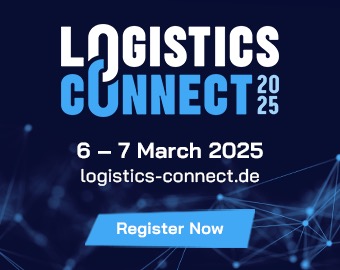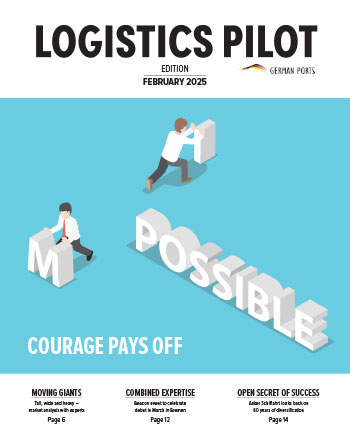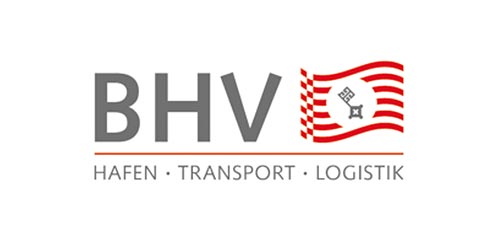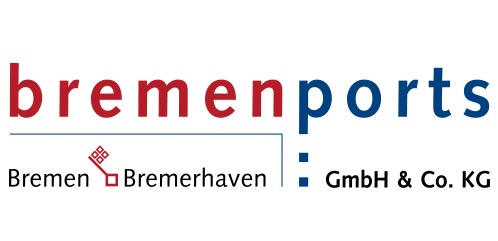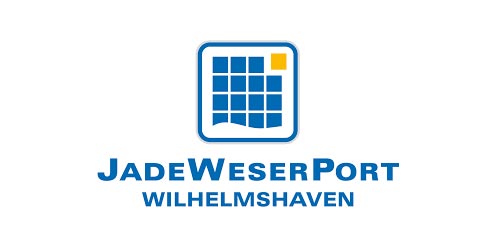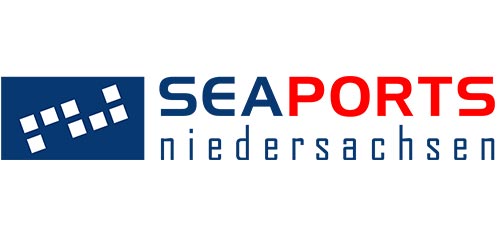IT companies have not necessarily focused on smaller seaports and inland ports in the past. Some processes can be optimised here through digitisation. The “Hafenmeister” (harbour master) cloud solution developed by IT specialists dbh and Akquinet shows how this works.
Photos: FREEPIK/KANAWATTH, HAFEN TRIER (2)
Containerisation is on the move in smaller seaports and inland ports. An increase in transshipped boxes increases the need for digitisation of processes at these smaller seaports just as it does at major ones, such as Bremerhaven and Wilhelmshaven. Inland ports must also communicate more frequently with seaports. “Excel lists and manual data entry are common in minor seaports and inland ports,” says Norbert Klettner, CEO of Akquinet Port Consulting in Bremerhaven. “That was fine, as long as the receipt of x tonnes of coal had to be invoiced by hand, but this is very time consuming when it comes to a smaller number of containers with various types of goods.”
This gave rise to the idea of offering smaller ports a software solution for port operations. “We saw potential in this and so we approached dbh from Bremen and the Port of Trier about a development partnership,” says Klettner. The goal: a cloud-based port management system with interfaces, for example with transshipping enterprises, government offices and accounting, that simplifies and streamlines work processes. In late 2019 the two companies began developing the software and, with a team of up to eight developers, had a minimal viable product (MVP) by mid-2020. A middle six-figure sum was invested.
Port of Trier is a pilot client
“It was important to us that we find a pilot customer and get input from daily operations,” explains Klettner. “So we were really happy when the Port of Trier showed interest.” By September 2020 the software had become quite versatile and was developed with the inland port over two weeks of close communication, to ensure that it would fulfil real requirements. Starting in October 2020, “Hafenmeister” was tested on site parallel to the previous work method, and since 1 January of this year it has been the only work method used.
A range of services can now be mapped out digitally in Trier. For example, employees no longer have to manually document ships and trains, and do not have to manually record the transshipment (including calibration and container). This prevents errors and makes it easy to import data. “Thanks to the interfaces, fees and services are billed automatically,” Klettner says. Even business reports with important port figures can be pulled up at any time just like other reports. “It’s also possible to process invoices, including export into finance systems like Datev.” Once the required tariffs have been entered, a cumulative invoice for transshipment can be sent to each client at the end of the month.
Facts
Akquinet
Founded: 2002
Locations: Hamburg (head office) and 26 other locations in Germany and Austria; head office of Akquinet Port Consulting: Bremen and Bremerhaven
Services: IT consulting firm specialising in logistics and maritime processes, among other fields
Revenue: 130 million euros (2020)
Employees: 920
Digitisation is becoming more important for smaller seaports and inland ports due to increasing container transshipping.
Statistics one click away
“That doesn’t mean that the employees are redundant – they just have more time for other tasks,” Klettner emphasises. The browser-based software makes it possible to work from home during the pandemic. “With the ‘Hafenmeister’ we have a complete, instant view of ship arrivals and transshipping data,” explains the CEO of Trier’s Port Association, Volker Klassen. The data for the Rhineland-Palatinate State Statistics Office can be created with just one click. Likewise, the specified reports can be sent to the Maritime and Shipping Office via the application. The data are also cohesively and consistently entered into the system, as much less manual recording is required.
Another characteristic: With this software, customers pay by the tonne, i.e. based on the actual tonnage transshipped at the port. This business model is based on the Power by the Hour introduced by Rolls-Royce in 1962. Instead of selling an aircraft engine, the hours of operation were billed. This system is also known as pay-per-use in many industries, such as for carsharing, software solutions and cloud computing. Only the services that were used are paid baded on transshipment volume. There is no need to purchase a licence.
Security through the cloud
Because “Hafenmeister” is a cloud solution, there are many other benefits for the user, emphasises the Akquinet CEO. “Because it is accessed through a browser, the user only needs a stable internet connection without any on-site installation.” Data security is also guaranteed, he says, “because the data are within our own cloud, within our own TÜV-certified, high-security data centre,” says Klettner. In times of increasingly frequent cyberattacks and with regard to adhering to the General Data Protection Regulation (GDPR) requirements, this is becoming more important.
This is another reason why the demand for the software solution could increase in small and medium-sized seaports and inland ports. “We are currently speaking with more ports,” says the manager. Some of the seaports’ requirements can be mapped out with the existing software solution. Others, such as the central alert system for all German maritime traffic (National Single Window, NSW), must be expanded within the seaport module. “But that’s not a problem,” Klettner emphasises. “We can connect every minor seaport in just a few months.” (cb)

